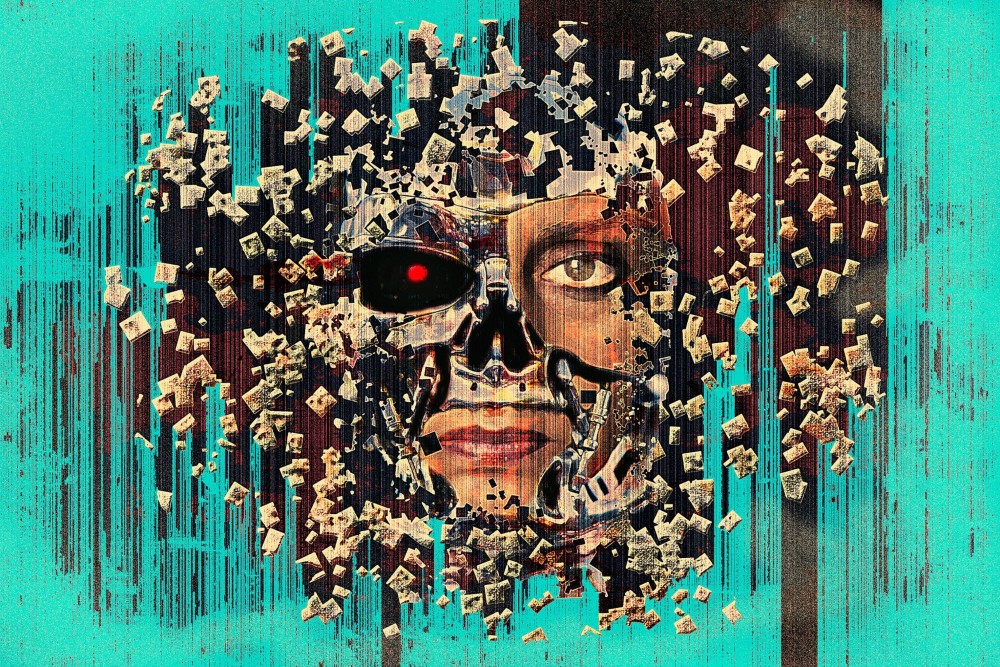
When you’re in the lab in discovery mode blinders are lowered to block any outside noise. Whether you are on a deadline or just competitive, the terms of bringing an idea to market are very clear: by any means necessary. Five years ago, Artificial Intelligence was a perennial innovation. At that time crypto was on the rise and NFTs were in the shadows. Five years later and AI is front and center – ahead of the industries that are being completely blindsided by its implications. Yet, unlike cryptocurrency, there isn’t a centralized government agency like the SEC to enforce rules and regulations. To be honest, you won’t find agencies – public or private -who have an interest to apply pressure to AI models. The incentive always leads to money and a competitive edge.
AI translation is now so advanced that it’s on the brink of obviating language barriers on the internet among the most widely spoken languages. College professors are tearing their hair out because AI text generators can now write essays as well as your typical undergraduate — making it easy to cheat in a way no plagiarism detector can catch. AI-generated artwork is even winning state fairs. A new tool called Copilot uses machine learning to predict and complete lines of computer code, bringing the possibility of an AI system that could write itself one step closer. DeepMind’s AlphaFold system, which uses AI to predict the 3D structure of just about every protein in existence, was so impressive that the journal Science named it 2021’s Breakthrough of the Year.
In 2018 at the World Economic Forum in Davos, Google CEO Sundar Pichai had something to say: “AI is probably the most important thing humanity has ever worked on. I think of it as something more profound than electricity or fire.” Pichai’s comment was met with a healthy dose of skepticism. But nearly five years later, it’s looking more and more prescient.
Source: OpenAI language model GPT-3.
Deep Learning
This technique — now called deep learning — started significantly outperforming other approaches to computer vision, language, translation, prediction, generation, and countless other issues. The shift was about as subtle as the asteroid that wiped out the dinosaurs, as neural network-based AI systems smashed every other competing technique on everything from computer vision to translation to chess.
“If you want to get the best results on many hard problems, you must use deep learning,” Ilya Sutskever — cofounder of OpenAI, which produced the text-generating model GPT-3 and the image-generator DALLE-2, among others — told me in 2019. The reason is that systems designed this way generalize, meaning they can do things outside what they were trained to do. They’re also highly competent, beating other approaches in terms of performance based on the benchmarks machine learning (ML) researchers use to evaluate new systems. And, he added, “they’re scalable.”
For a more extensive report go to Vox Media: AI experts are increasingly afraid of what they’re creating
- Comprehensive Public Safety Plan Survey: Equity - March 11, 2024
- Comprehensive Public Safety Plan Survey: Court System - March 11, 2024
- DC Comprehensive Public Safety Plan Survey: Surveillance // Privacy - March 11, 2024




